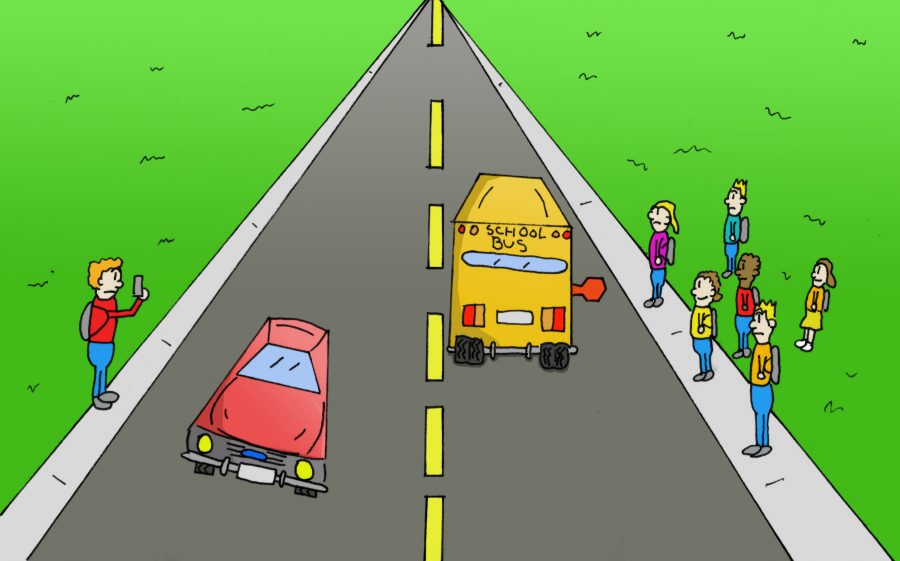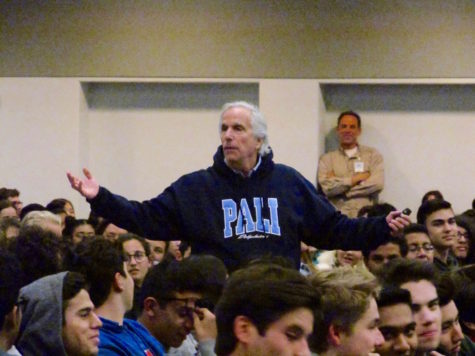Not Saved By The Bell
Tardy buses are affecting students’ academic exposure.
“Teachers, please excuse the interruption, we have a couple of late buses. Please let students in that have a transportation sticker on their I.D. Don’t send them to the attendance office, thank you.”
This is a now familiar thing to hear during first and second period.
At first, students already in the classroom would welcome the interruption every time the PA crackled to life. However, now it is like a fly they just can’t swat, an annoying everyday occurrence. Besides the inconvenience for the students already in their classroom seat waiting for class to start, there are also the students with their earbuds in, sleeping, still on the ride to school.
The school day is nerve-racking enough with a student making sure that they have everything for classes. Such as the composition book they need for science, the binder for English and the history project they forgot at home. It is all the more stressful when that student has to race to their locker to get the materials for the class they are already late for. They miss time in class in which they could possibly be doing assignments to raise their grade.
On September 10th, the now familiar late bus announcement was accompanied by a statement that some buses had not even come to the bus stop. Thus, leaving students to find a ride, or possibly not even come to school. Now, students amble into class often quite late, with a bus pass to excuse their tardiness. However, missing the first part of class often impairs their grade and could throw their whole day off.
Starting Monday September 19th, Tumbleweed Transportation (the bus company that provides transportation to and from Pali) will be partnering with Global Transportation Service. This came after many trials and tribulations involving multiple advertisements and promotions due to a shortage of drivers. This lack of drivers emerged from bus drivers flocking to Uber, the argument being that it is something they can do on their own time, and possibly make more money than they do with the bus company.
The dilemma in this case is the question: who will drive the slew of kids left without a bus driver? This leaves the bus company to scour their list and pick someone who may not be used to the particular route or even driving to the destination.
Transportation riders are eagerly awaiting the day when there will no longer be any late buses as are the students already in their seats, waiting for their classmates.




